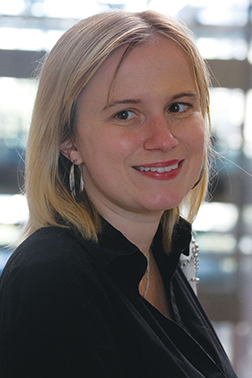
On June 22, 1999, the Supreme Court ruled in Olmstead v. L.C. that unjustified segregation of people with disabilities constitutes discrimination under the Americans with Disabilities Act (ADA). Often hailed by the disability rights community as the most important civil rights decision for people with disabilities in US history, the Olmstead decision flung open the doors of institutions and gave previously segregated people the right to live in their communities. Subsequent court decisions added state- and Medicaid-funded institutions and nursing homes to the list of entities that are covered by the Olmstead decision.
Twenty years later, hundreds of thousands of people with significant disabilities, who would have previously been confined to institutions, have had the opportunity to receive services that allow them to live in their communities. More than ever before, people with the most significant physical, intellectual, and psychiatric disabilities are living in their own homes, making decisions about the services they receive, and participating actively in their communities.
However, as a society, we still have a long way to go in order to deliver on the full promise of Olmstead and to truly ensure that all people with disabilities can live with dignity in their communities. For example, although many people with significant physical disabilities no longer live in institutions, in-home personal care services that allow them to live independently and maintain employment are routinely cut by policymakers. The waiting lists for people with intellectual disabilities to receive the community living and supported employment services they need are very long in many states. And, although the majority of people with psychiatric disabilities no longer live in institutions, most of them still don’t have access to effective and supportive community-based mental health services. Instead of replacing institution-based services with community-based services, many states have simply downsized and cut services altogether.
Of particular importance to people who are blind and low vision is the need for community-based employment services. For too long, many people with vision loss have been relegated to employment settings that offer little room for career and economic advancement. Ensuring that all blind Americans have access to community-based employment services that allow them to live with dignity needs to be a priority of both federal and state policymakers. Simultaneously, both employers and service providers should creatively pursue initiatives to support blind Americans along the journey to fulfilling, competitive, integrated employment.
In addition, as the baby boomer generation ages and people are living longer, it is critical to ensure that older Americans with vision loss have access to the rehabilitation and transportation services they need to remain in their own homes and communities. Older Americans are still routinely entering nursing homes when they could be living among family and friends in their own homes with appropriate services. Improving public transportation and paratransit services would allow blind and low vision older adults to travel throughout their communities safely and effectively. Increasing access to blindness rehabilitation services would ensure that older adults with vision loss are able to learn the independent living and mobility skills they need to remain independent and in control of their own lives.
At AFB, we are renewing our focus on ensuring that people who are blind and low vision have access to quality employment training, services, and opportunities that provide economic self-sufficiency, professional advancement, and full participation in American society. We are also strengthening our commitment to ensure that older adults who are experiencing vision loss have access to the transportation, technology, and rehabilitation services to continue working, volunteering, and living in their communities.
Along with the rest of the disability community, we at AFB are grateful for all the progress that has been made in the 20 years since the Olmstead decision. But we are also committed to ensuring that the next 20 years bring us even closer to a world of no limits for people with vision loss.